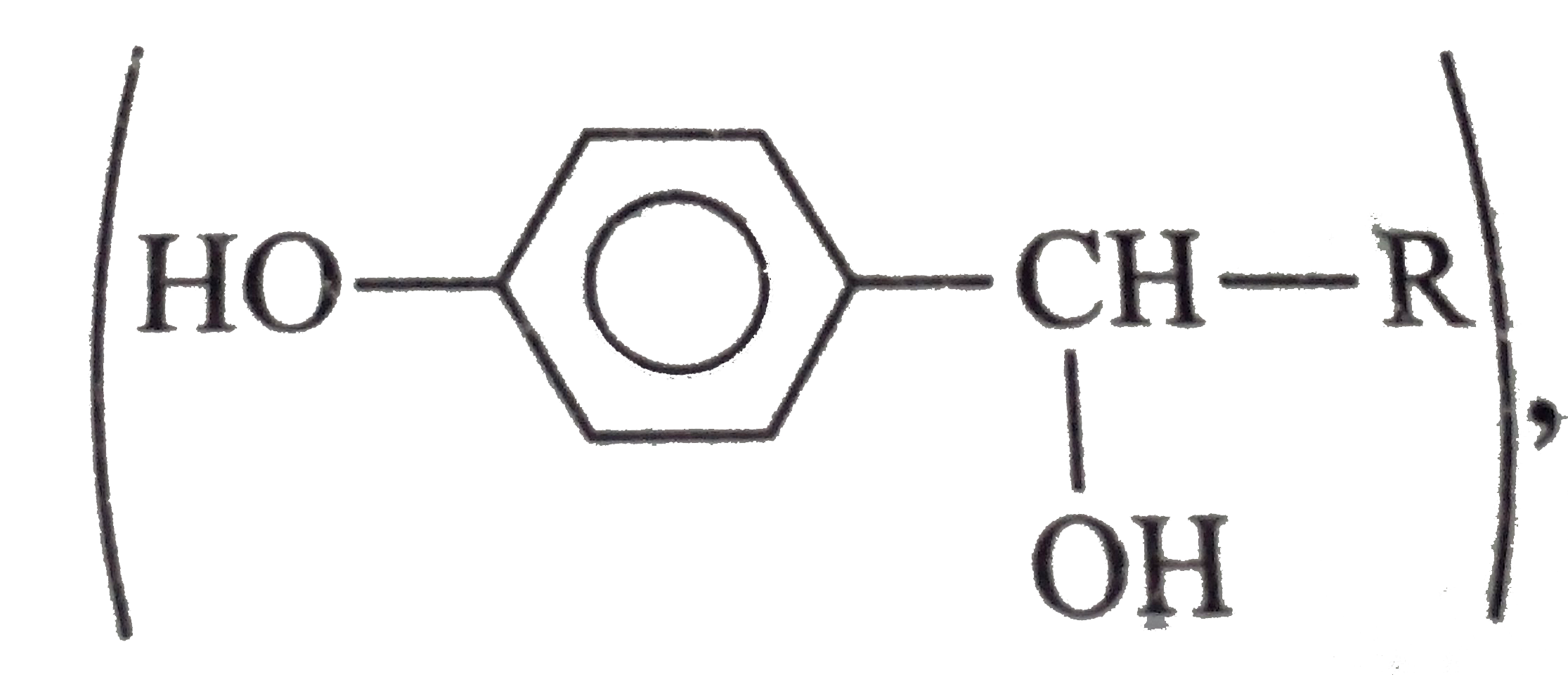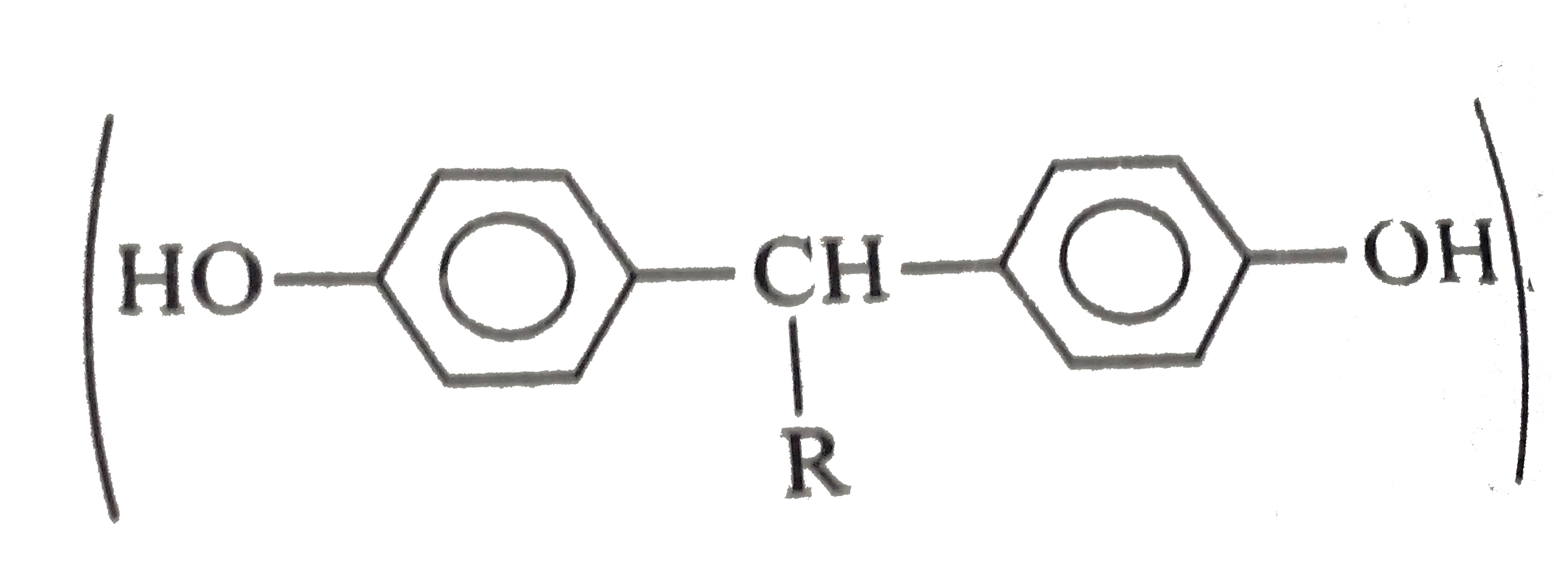A Wittig reaction with an aldehyde gives
Ketone compound
A long chain fatty acid
Olefin compound
Epoxide
The correct Answer is:C
To answer the question regarding the product of a Wittig reaction with an aldehyde, we can follow these steps:
1. Understanding the Wittig Reaction: The Wittig reaction is a chemical reaction that involves the reaction of a phosphonium ylide with a carbonyl compound (like an aldehyde or ketone) to form an alkene.
2. Identify the Reactants: In this case, we have an aldehyde (RCHO) and a phosphonium ylide (commonly represented as Ph3P=CR2).
3. Reaction Mechanism: When the ylide reacts with the aldehyde, the nucleophilic carbon of the ylide attacks the electrophilic carbon of the carbonyl group in the aldehyde. This leads to the formation of a four-membered intermediate known as an oxaphosphetane.
4. Formation of Alkene: The oxaphosphetane then undergoes a rearrangement to eliminate the phosphine oxide (Ph3PO), resulting in the formation of an alkene (olefin) as the final product.
5. Conclusion: Therefore, the product of a Wittig reaction with an aldehyde is an alkene.
Final Answer:
The product of a Wittig reaction with an aldehyde is an alkene.
---
The product of a Wittig reaction with an aldehyde is an alkene.
Topper's Solved these Questions
- BOOK - ERRORLESS CHAPTER - ALDEHYDES AND KETONES EXERCISE - Critical Thinking Objective Questions21videos
ALDEHYDES AND KETONES
- BOOK - ERRORLESS CHAPTER - ALDEHYDES AND KETONES EXERCISE - JEE Section Only one choice correct answer39videos
ALDEHYDES AND KETONES
- BOOK - ERRORLESS CHAPTER - ALDEHYDES AND KETONES EXERCISE - Ordinary Thinking (Objective Questions) Preparation43videos
ALDEHYDES AND KETONES
- BOOK - ERRORLESS CHAPTER - ALCOHOL, PHENOL AND ETHEREXERCISE - JEE SECTION (JEE Advanced 2018) More than one choice correct answer1videos
ALCOHOL, PHENOL AND ETHER
- BOOK - ERRORLESS CHAPTER - ANALYTICAL CHEMISTRYEXERCISE - JEE Section (Only One Choice Answer)36videos
ANALYTICAL CHEMISTRY
Similar Questions
Knowledge Check
- Question 1 - Select One
On reaction with hydroxylamine, aldehydes produce:
AketoximeBhydrazoneCsemicarbazoneDaldoxime - Question 2 - Select One
The typical reactions of aldehyde is
AElectrophilic additionBNucleophilic substitutionCNucleophilic additionDNucleophilic elimination - Question 3 - Select One
Assertion (A) : For the preparation of aldehydes on industrial scale, alcohol vapours are passed over heavy metal catalysts (Ag or Cu).
Reason (R) : Ozonolysis of alkenes followed by reaction with Zn dust and water gives aldehydes.ABoth Assertion (A) and Reason (R) are correct statements, and Reason (R) is the correct explanation of the Assertion (A).BBoth Assertion (A) and Reason (R) are correct statements, but Reason (R) is not the correct explanation of the Assertion (A).CAssertion (A) is correct, but Reason (R) is incorrect statement.DAssertion (A) is incorrect, but Reason (R) is correct statement
Statement 1: NaHSO3 involves protonation for the formation of stable species on reaction with aldehyde and ketones
Statement 2: HCN +aldehyde/Ketone give amideView SolutionThe product formed by the reaction of an aldehyde with a primary amine is:
View SolutionIn Cannizzaro's reaction an aldehyde undergoes
View SolutionWhich of the following reaction will aldehyde?
View SolutionIn which of the of the following reaction aromatic aldehyde is treated with acid anhydride in prence of corresponding salt of the acid to give unsaturated aromtic acid
View Solution


 , which further reacts with phenol to give (II)
, which further reacts with phenol to give (II)  , Explain.
, Explain.